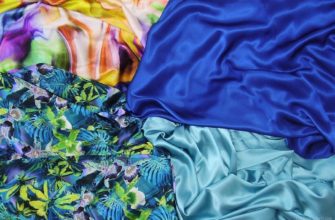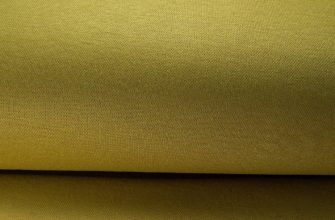Fur coats, hats and other items made of natural fur are always the result of exploitation and killing of animals. It is much more humane and ethical to use those benefits of civilization that do not imply someone's death. This is probably why the prefix "ECO" has firmly attached itself to artificial fur.
Various types of raw materials: the subtleties of production
What are artificial fur coats made of? It is logical to assume that they are made of artificial fur. And what is this fur fabric made of? Artificial fibers. Such fibers have been known since the beginning of the 20th century and are widely used in various industries: nylon, lavsan, acetate fiber.

Synthetic fibers have become firmly established in everyday life; they can be used to make yarn, threads, and fabrics. Anyone familiar with chemistry knows that synthetic fibers are made by complex chemical synthesis from various raw materials, mainly hydrocarbons.
Faux fur fabric is made by attaching the pile to the fabric (woven or knitted) in a certain way. In the production of eco-fur, there are three methods of attaching the pile to the fabric base (or ground):
- Tufted (or "tufted"): synthetic fibers are sewn onto a ground cloth on a machine in such a way that dense rows of loops are obtained. Then the loops are cut and a thick pile is obtained. It must be put in order - combed and fluffed with sharp needles.
- In the knitting-stitching method, bundles of synthetic fibers are either knitted into the base of knitted loops or sewn in on weaving machines using a specific technology. The result is a voluminous fabric that is cut in the middle with special cutters, and the output is two sheets of artificial fur fabric. The threads are then carefully combed with brushes until a solid fluffy pile is formed.
- And the most labor-intensive method is the adhesive one. But this method also produces the most spectacular version: karakul and karakulcha. Fluffy thread (chenille) is tightly glued with a special compound to the base, imitating elite fabric.
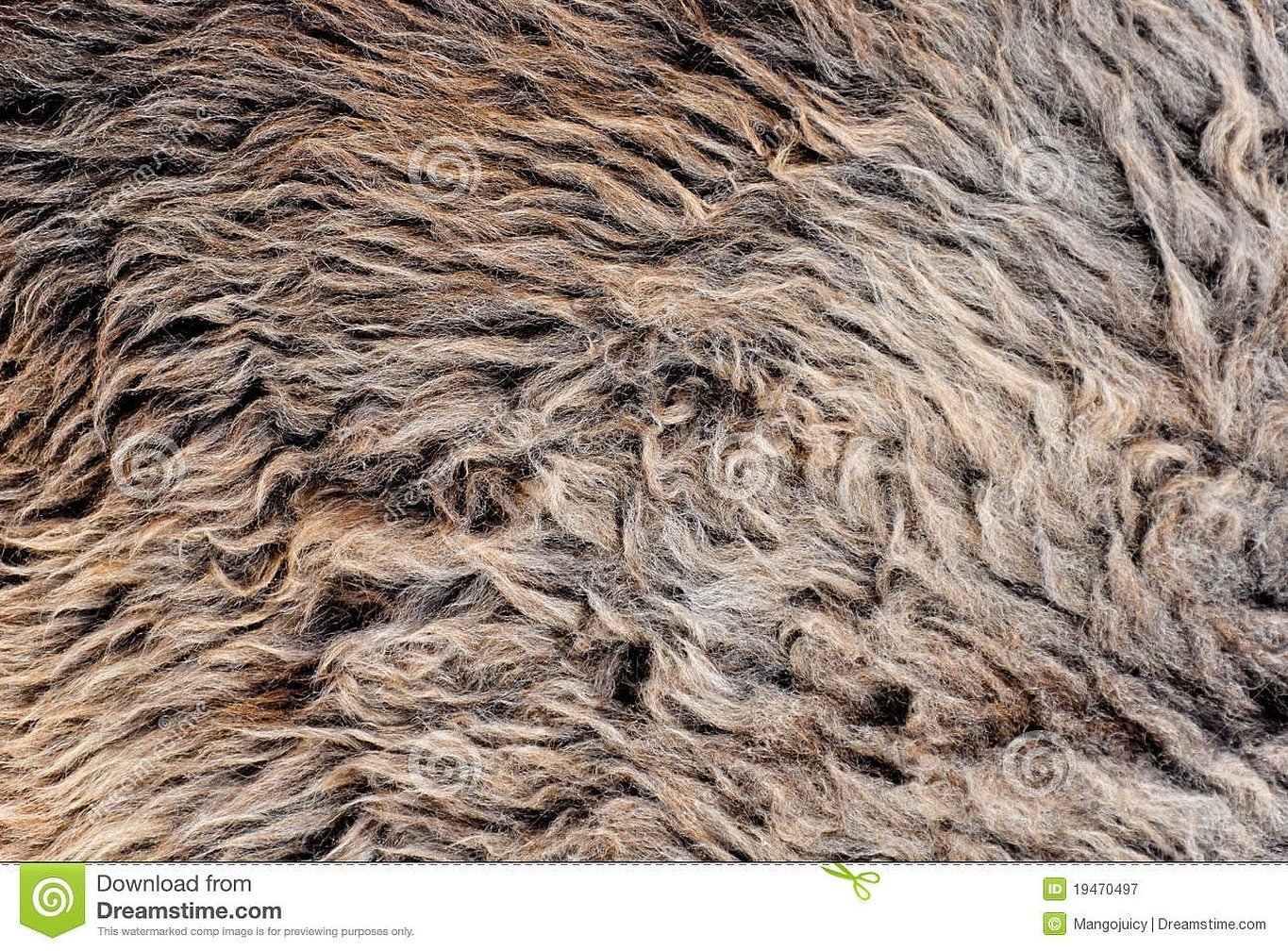
Important! It is quite easy to determine the base of a synthetic fur product by yourself, simply by spreading the fibers as much as possible.
Artificial fur, created using modern technologies, is inexpensive and imitates natural fur as much as possible, its color and structure, and even the undercoat and guard hair.
Main characteristics. Advantages and disadvantages
Just like natural fur products, “faux” fur coats and jackets have their advantages and disadvantages.
The obvious advantages include:
- Variety of colors and structures: any color solutions, combinations, imitation of natural colors, different pile lengths, fabric thicknesses, filling density.
- Relative strength, good wear resistance, as well as heat-insulating properties, which are sometimes not inferior to natural products.
- Ease of sewing. Since the base of such fur is fabric, it is easy to cut and sew the product extremely simply.
- Affordable price. Compared to products made from natural material, artificial fur coats are significantly cheaper.
- Easy care. Synthetic material can be easily washed and will not be dyed. Storage does not cause any difficulties: such a fur coat will not be eaten by moths and it does not have a specific smell or yellowness.
- Ethics.
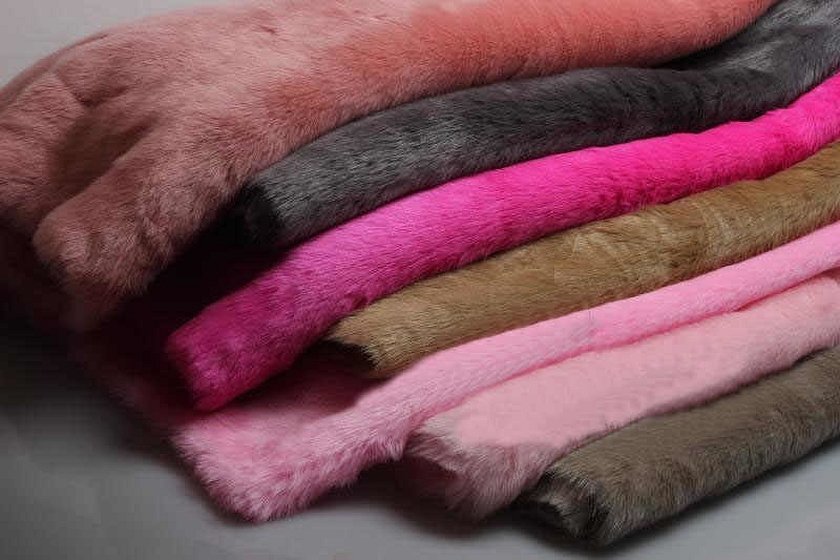
Important! When producing eco-fur coats, animals kept in terrible conditions on fur farms do not suffer, wild animals are not exterminated, and their natural population is preserved.
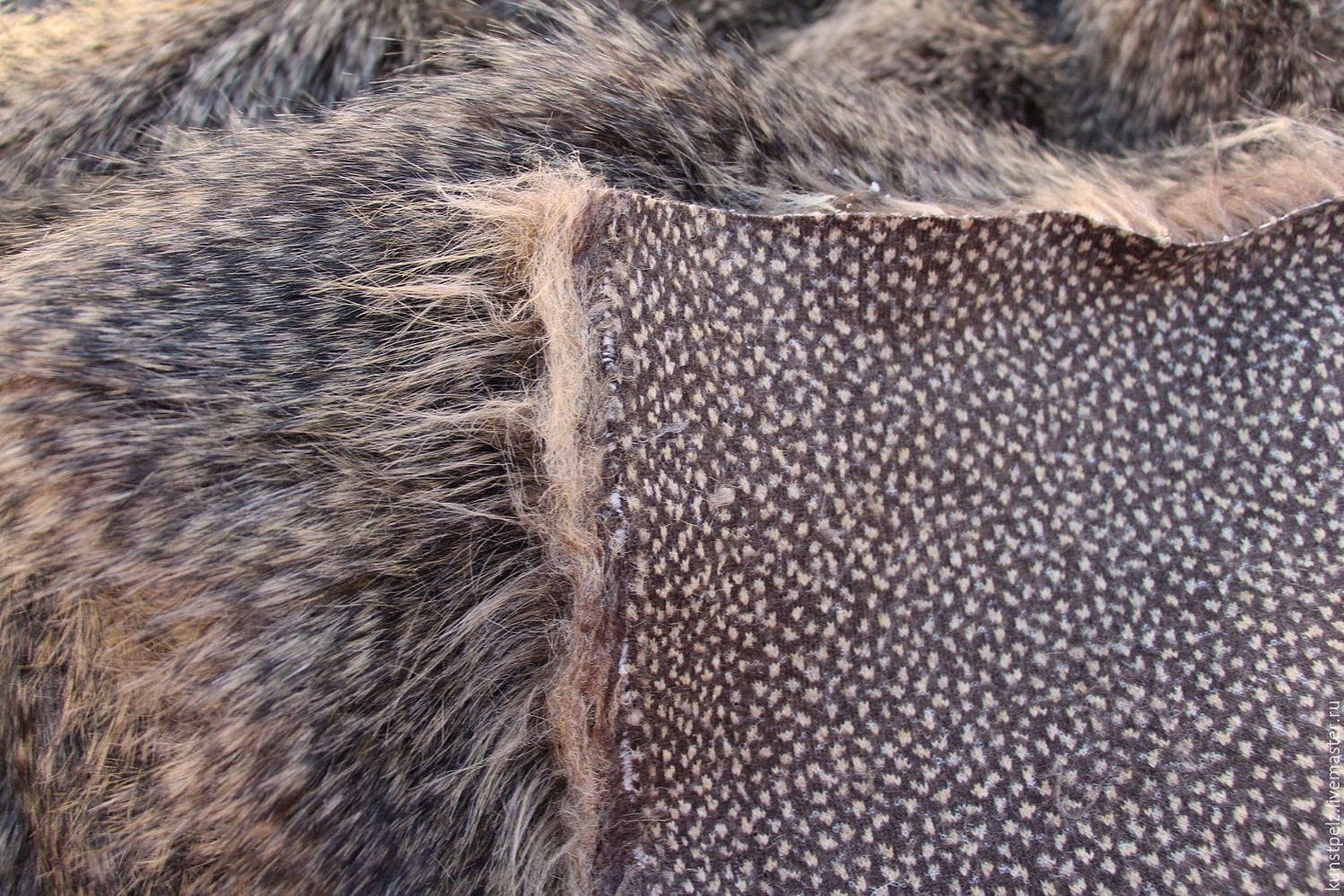
There are also some downsides:
- Not environmentally friendly. Synthetic fibers are mainly made from petroleum products, and oil is a non-renewable natural resource, and its extraction is accompanied by environmental pollution.
- Fur coats are inferior to natural fur coats in terms of heat-insulating properties: they are less warm, since the pile has greater air permeability.
- Artificial material wears out quite quickly, its pile is more susceptible to crushing and can become felted.
- Synthetic fibers are more likely to accumulate static electricity, making it more difficult to clean dirt, especially in shoes and sofa upholstery. Stubborn stains cannot even be bleached (if the material is light).
Important! The artificial material practically does not decompose in nature, but such fabrics can be recycled.
Features of sewing products from artificial fur
Sewing the products is not difficult and can be done even by less experienced seamstresses.
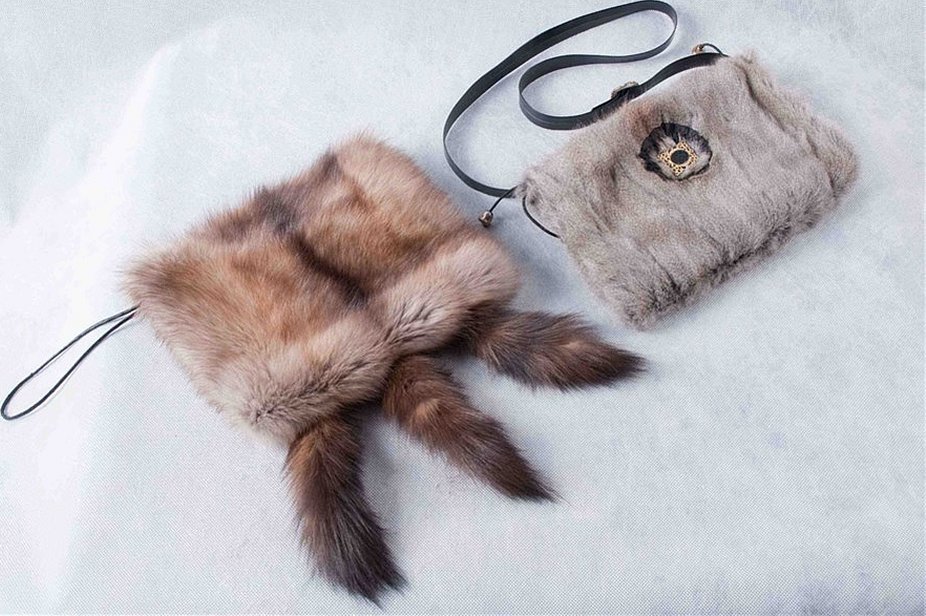
Please note! First, you need to think about and make a trial item not made of fur. This will help you avoid mistakes when sewing the main item, when it will be too late to make adjustments.
For eco-fur products, simple, straight silhouettes are suitable, not overloaded with details, preferably without darts, with a minimum number of seams. The cutting of parts is done only from the inside, necessarily monitoring the direction of the pile: the finished product should be strictly from top to bottom.
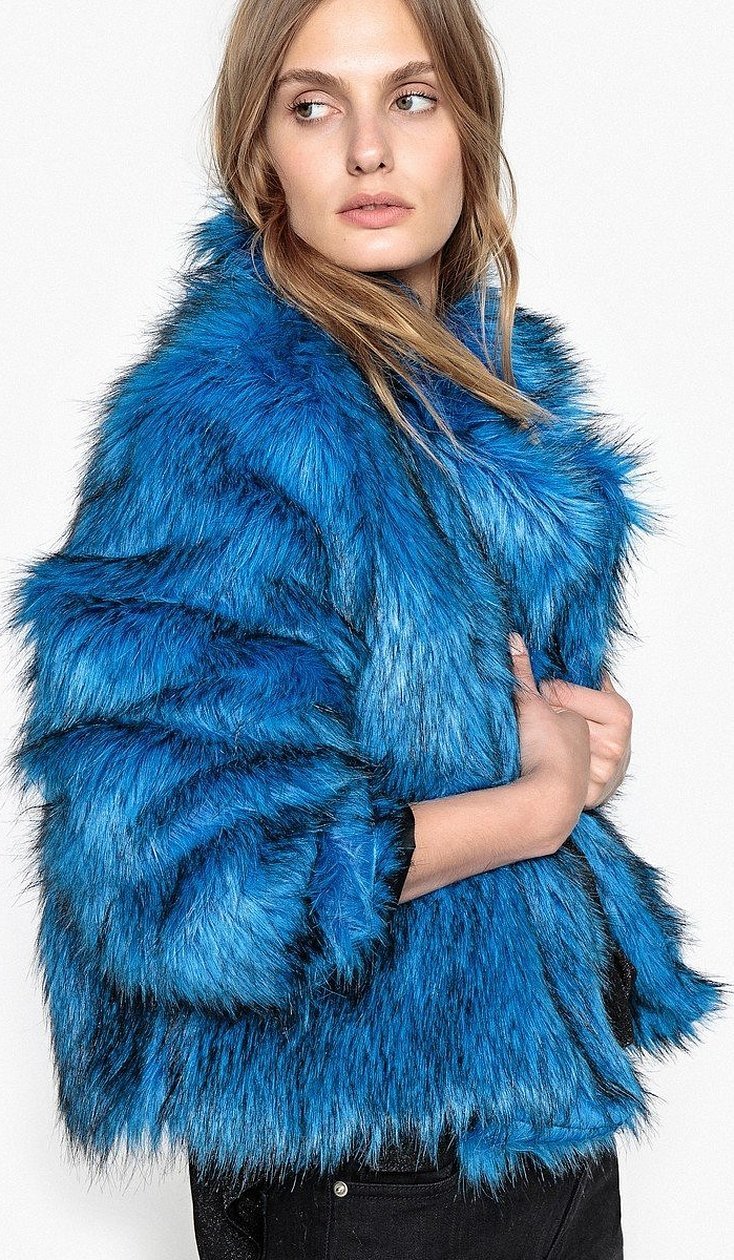
Due to the characteristics of the artificial material, things can wrinkle excessively; during wear, it is advisable to make loops on the products not cut-out, but rather, they should be made of fabric cord or leather strips. For the same reason, you should not sew buttons to the product with threads. Fasteners on hooks or in the form of decorative buckles will look original.
When sewing products, it is necessary to control the accuracy of the stitching of the seams, straightening the fur "from the seam" so that the villi do not stick out, and the stitching itself is as invisible as possible.
Product overview
Beautiful, elegant faux fur coats are a trend of recent years.
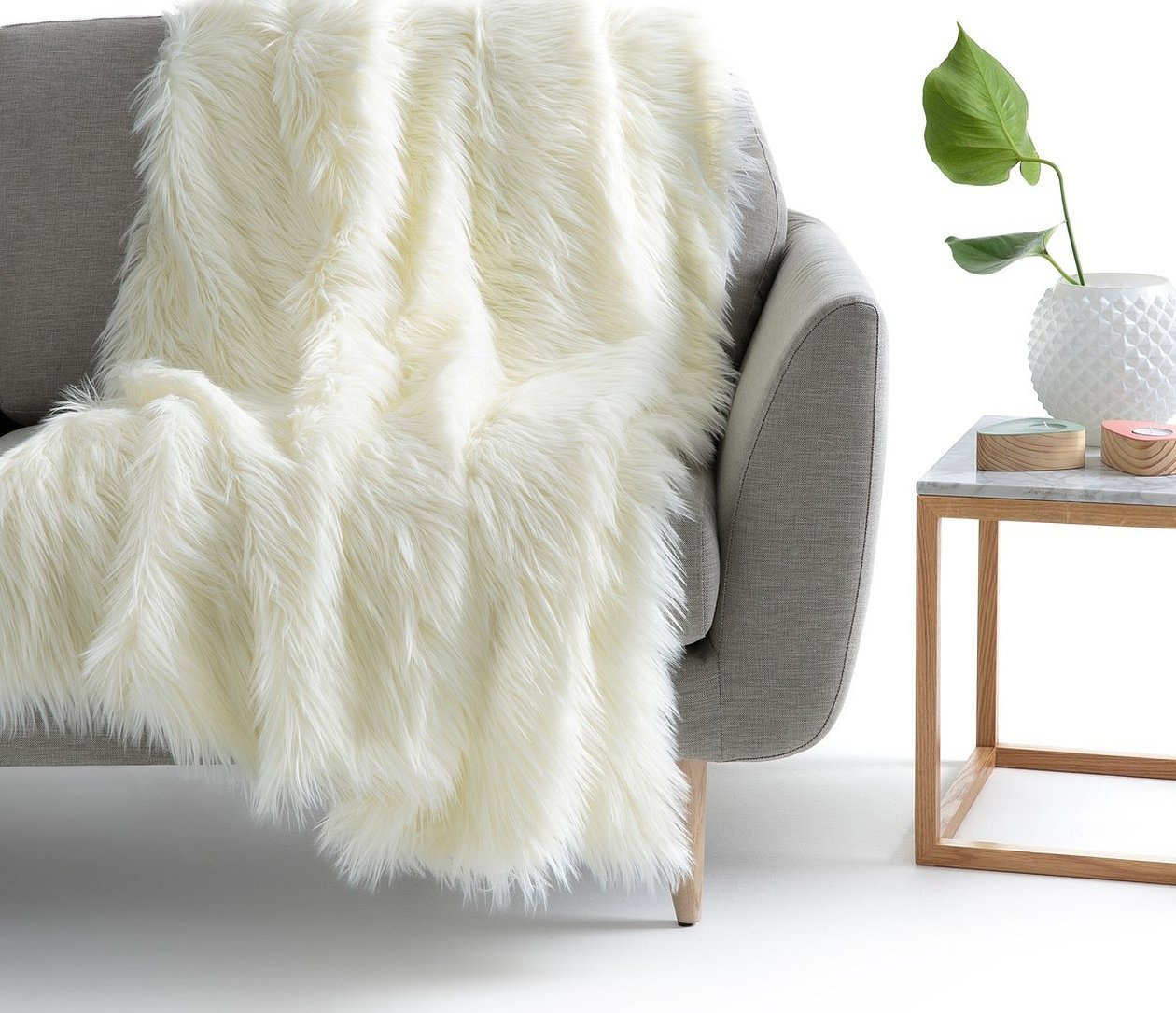
World fashion houses have long since adopted the advantages of synthetic material, it allows for creativity, creating new classics and extravagant, creative things:
- The favorite of the last seasons is the Teddy Bear Coat. This coat is like a soft plush toy that the girl does not want to part with.
- Bright fur coats with long pile demonstrate the extraordinary rebellious nature of their owner.
- Animal print for all times. Especially if such fur is practically indistinguishable from natural. And no one will accuse you of illegally harvesting "cats".
- Noble "karakulcha" is the height of elegance. A colored coat made of "karakul" makes the image exclusive.
- A combination of several colors and textures in one product. Such a fur coat is clearly not for everyone. But it will stand out even more noticeably and brightly among the gray everyday crowd of a big city.
Selection of eco-fur
Secrets of choice:
- Try the feel of the pile: is it soft or hard, smooth or prickly, bristling.
- Don't be afraid to touch and shake the faux fur coat. The pile may fall out in small quantities from the seams, but the fur should not "shed" too actively.
- A low quality product has a distinct, persistent "chemical" aroma.
- There must be labels. And they must contain all the necessary information about the composition and care of the product.
- It is worth passing the fur "against the grain", if it gives an electric shock, it means that the product has not undergone electrostatic treatment. Such a fur coat will constantly become electrified and attract dust and small debris.
- Colored fur should not stain surrounding objects. You can take a handkerchief or paper napkin and run it over the bright fur coat to see if any dye remains on the surface.
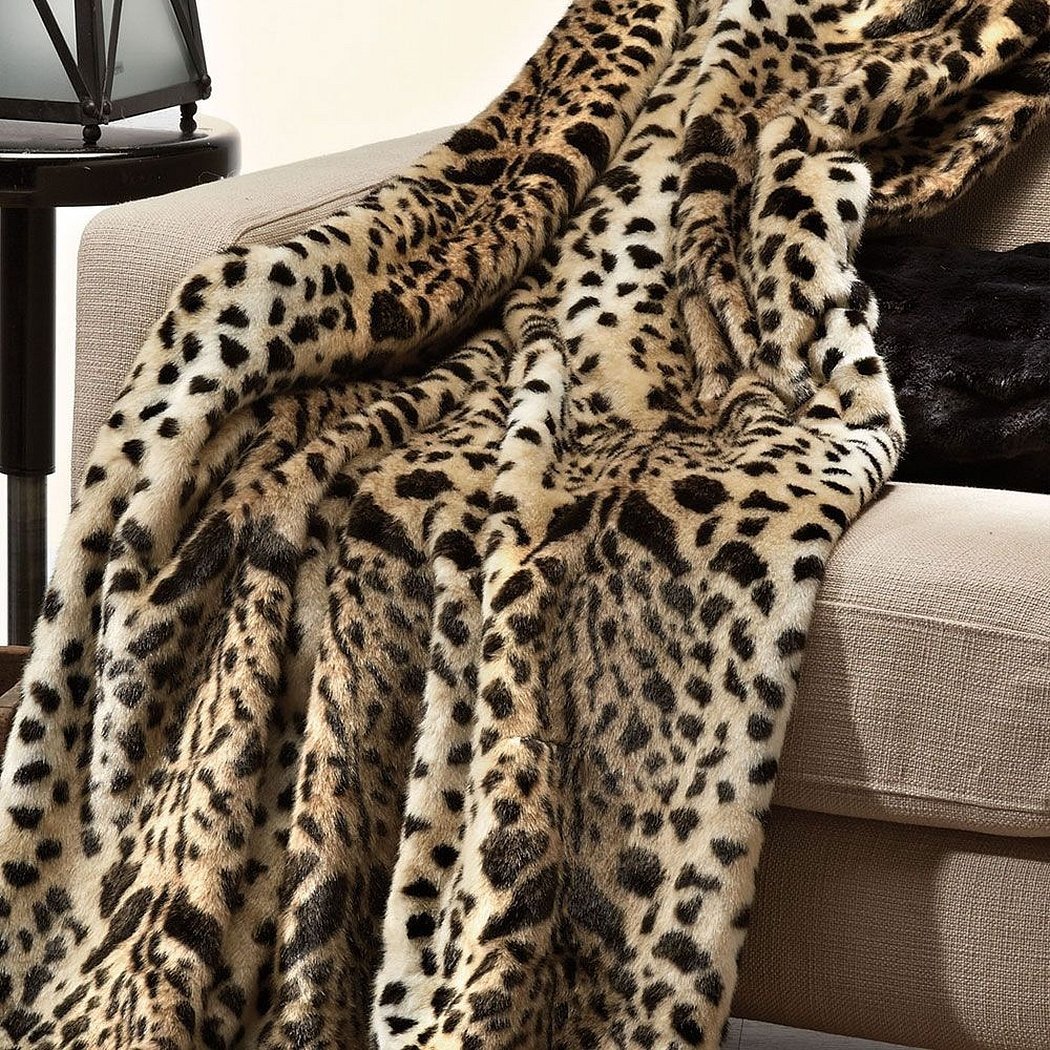
Additional information! It is advisable to check the quality of the seams and the direction of the pile by hand. An incorrectly sewn part (with the pile in the opposite direction to the main ones) can spoil the appearance of the product.
Care of the product
Faux fur is quite easy to care for, and following simple rules will keep the product in perfect condition for more than one season.

Avoid mechanical friction in the same places. Faux fur, like natural fur, is afraid of dampness, so you should try not to get caught in the rain or snow, so that the item does not lose its shine - it is very difficult to tidy up. Since artificial fibers are highly flammable, they should be protected from exposure to high temperatures: do not leave the product near an open fire.
Synthetic fur is easy to wash at home:
- delicate wash cycle;
- the optimal water temperature is no higher than 40 °C;
- do not tumble dry or spin dry;
- To dry, the fur is straightened and left in a horizontal position.
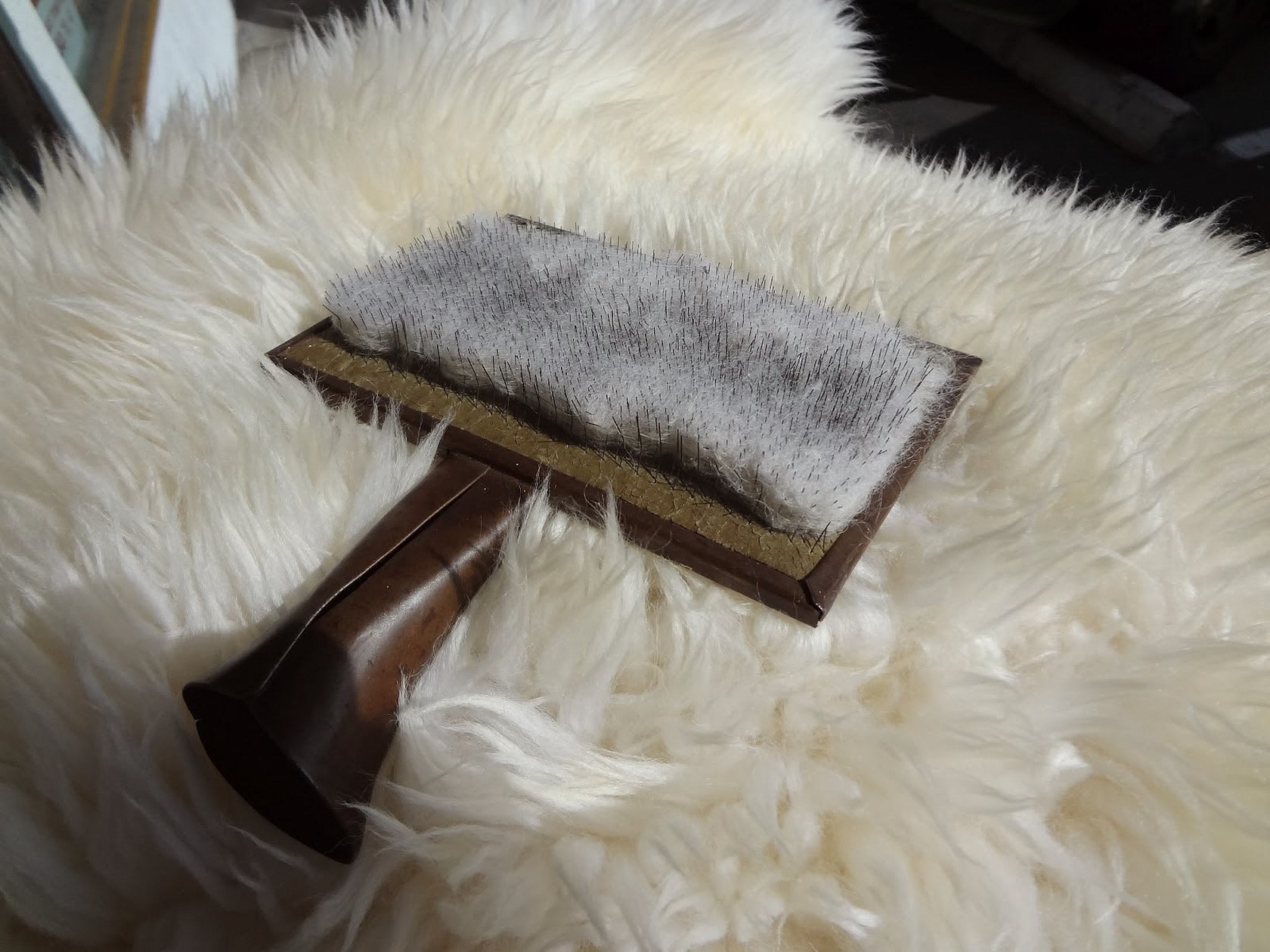
To make a dry product fluffier, comb it with a wide-tooth comb. Vacuum cleaning is allowed. Store in a well-ventilated area, away from moisture and direct sunlight, on hangers. It is not recommended to fold or roll the product so that the pile does not wrinkle or form creases.
What to wear with faux fur coats
It is enough to look at the catwalks, fashion magazines, as it becomes clear that fashionistas combine eco-fur coats with any wardrobe items: romantic dresses and ripped jeans, business suits and walking trousers, hoods and bows. High boots, sneakers, boots and even sandals - fur coats made of artificial fibers have become universal and very popular.

Reviews
Irina, 21, Perm. "I love my coat! I never liked natural fur coats: expensive, and it's a shame to wear them when you don't have your own car. My white fluffy coat is like a cloud: light, warm and so elegant!"
Liza, 25, Tambov. "I used to have a prejudice against artificial fur coats, that they were ugly and cold. But I saw a friend in a chic coat and was very surprised when she admitted that her coat was not real. I would never have been able to tell the difference."
Margo, 38 years old. Moscow. “I’ve been wearing only eco-fur for many years — I’m for not killing animals. I feel sorry for them. They need their fur more than I do.”
In modern society, faux fur is no longer a sign of poverty. Today, it is rather a symbol of caring attitude towards the planet's resources, attention to the surrounding world. This is not just a trend, it is a natural development of the industry.


